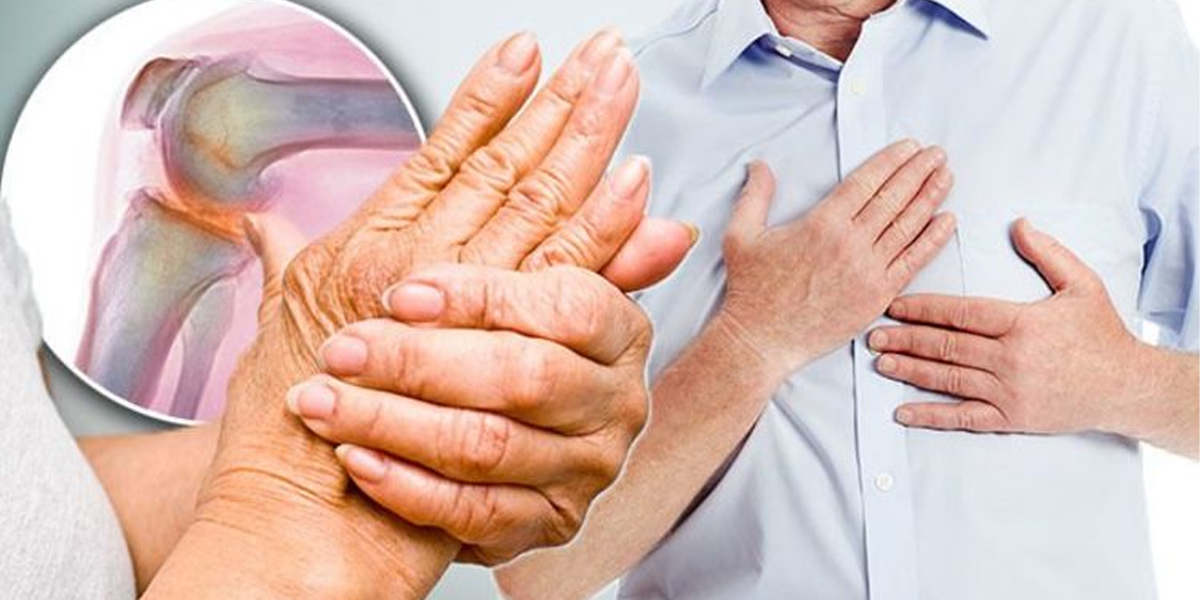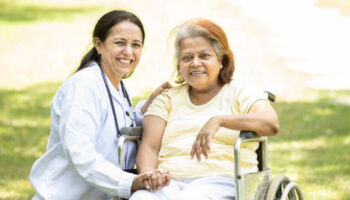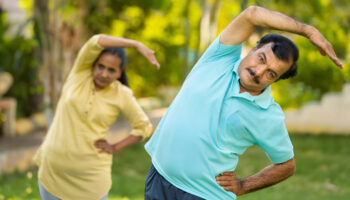Many seniors and older adults suffer from the difficult and painful disease of arthritis. They might range from minor to severe. They might essentially stay the same for years, although they could grow or change over time. In addition to making it difficult to walk or climb stairs, severe arthritis can cause chronic discomfort and make it impossible to carry out daily tasks. Although it primarily affects elderly, arthritis actually refers to over 100 different types of joint pain and disorders. It can affect people of any age range. Fortunately, there are several simple exercises and activities that can help seniors with arthritis reduce pain.
Arthritis in Older Adults
It is important to not underestimate the effects of arthritis in older persons. Senior arthritis not only causes pain and discomfort, but it also limits movement. A person with arthritis could find it difficult to get up after sitting for a while, such as while driving or watching a movie. Seniors may find it more difficult to engage in things they once loved, including shopping, going for walks, or visiting family and friends, due to a decline in their mobility. As a result, elderly people with arthritis frequently experience depression.
We respect and appreciate the healthy lives that our seniors have lived. At the Athulya Assisted Living facility, we want them to see their next phase of life as a fresh start, free from worries and in the company of like-minded individuals where they can live their lives as they choose.
What Type of Arthritis is Most Common in the Elderly?
The most common form of arthritis in older people is osteoarthritis. Because it is a progressive form of arthritis, the cartilage in the joints is wearing down. Pain, swell-ups, and stiffness will result from this. While this can occur as a natural part of becoming older, other risk factors include being overweight, having a family history of the condition, and having previously suffered a joint injury.
Even though it is less common, rheumatoid arthritis can be extremely painful. The immune system is harmed by this kind of arthritis. An immune system that is functioning properly employs inflammation to get rid of infection or stop disease. The immune system infects and inflames the joints in rheumatoid arthritis patients.
- Joint pain, tenderness, swelling, or stiffness that lasts for six weeks or longer.
- Morning stiffness that lasts for 30 minutes or longer.
- More than one joint is affected.
- Small joints (wrists, certain joints in the hands and feet) are typically affected first.
- The same joints on both sides of the body are affected.
- Rheumatoid arthritis can be treated, and if you believe you or a loved one may be experiencing any of these symptoms, you should see your doctor as soon as possible.
Arthritis Exercises for Seniors
Yoga is one of the finest forms of exercise for elderly people with arthritis. By improving joint function, developing strength, and encouraging relaxation, yoga helps lessen the pain associated with arthritis. Tai chi, like yoga, has benefits for elderly people with arthritis. Tai chi is another form of exercise that features slow, controlled movements that stretch and strengthen joints.
If you have arthritis, swimming in a pool can be a great method to exercise. Water offers 12 times more resistance than air, which makes exercising in it easier on your joints and more effective for building muscle.
Even though arthritis may not be curable, it can be effectively managed. Create a treatment strategy that fits your lifestyle, and keep adjusting it until you are comfortable. Keep moving and exercising, and explore how your caretaker can assist you with daily duties with them. There are difficulties associated with arthritis, but they can all be overcome.
How to help an elderly loved one with arthritis
Being empathetic and listening are two of the most essential things to keep in mind when caring for an elderly person with arthritis. Assist a healthcare professional in understanding your loved one’s worries so that arthritis can be appropriately diagnosed and treated.
It’s essential to keep note of symptoms, prescriptions, dietary preferences, and physical activity while senior arthritis is in its early stages.
Other ways to help a senior with arthritis include the following:
- Encourage your body to move. You may enroll them in exercise classes or just go on daily walks with them, depending on their abilities.
- Keep a record of their prescriptions and medical care. Ensure appropriate treatment is provided while avoiding the risks of an overdose.
- Encourage them to maintain a healthy diet. Include anti-inflammatory foods that are beneficial for people with arthritis in their diets while restricting items that increase the symptoms.
- Make your home a safe place for those with arthritis. Install toilet seat risers and grab bars in the bathroom. Instead of buttons, use Velcro. Get them shoehorns so they can put their shoes on more easily.
No matter the path you and your loved one choose to take, it’s important to work closely with them and their primary care provider to ensure their arthritis is properly managed.
In the care, protection, and security of our skilled professionals, we want our seniors to look at life as they age as a fresh start to a hassle-free life. Our goal is to establish a setting where they can freely reflect and re-establish contact with themselves while socializing with others who share their interests.





